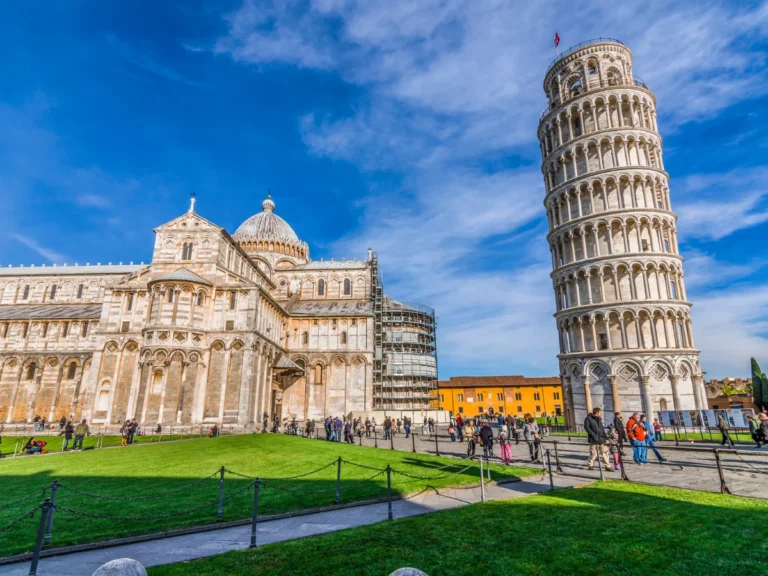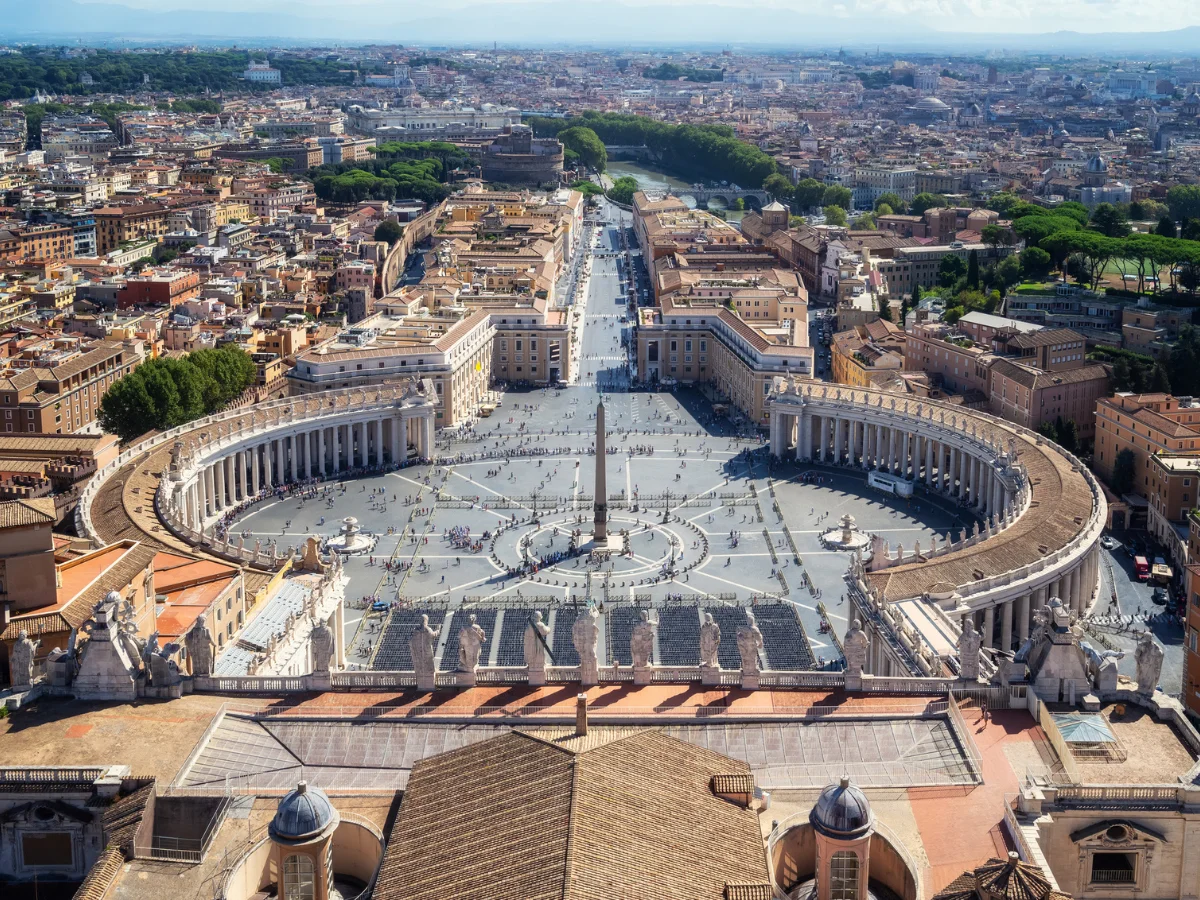Catapults were integral to Roman warfare
Catapults were integral to Roman warfare and exemplify destructive might. Utilizing tension or torsion, onagers and ballistas launched massive projectiles with deadly accuracy. Positioned strategically on siege lines, these war machines wreaked havoc on enemy fortifications. Their legacy endures, a testament to Roman military ingenuity and innovation. From breaching walls to sowing chaos, catapults played a pivotal role in shaping the outcome of battles. Their presence on the battlefield instilled fear and demoralization in adversaries, showcasing the might of the Roman Empire.

Catapults were integral to Roman warfare
Catapults stand as icons of ancient warfare, embodying the destructive power of the Roman military machine. These formidable siege engines played a pivotal role in breaching enemy fortifications and securing Roman victories.
Types of Catapults
Roman engineers developed various types of catapults, each with its unique design and destructive capabilities. The onager and ballista were among the most widely used, employing torsion or tension to launch projectiles with deadly accuracy.
Onager
The onager, named after the wild ass for its powerful kick, utilized twisted ropes to store energy. When released, the tension propelled a large projectile, such as a stone or a heavy metal ball, towards enemy walls with tremendous force, causing devastation upon impact.
Ballista
The ballista, resembling a giant crossbow, employed torsion springs made from animal sinew to launch projectiles over long distances. Capable of hurling heavy javelins or bolts with lethal precision, the ballista was instrumental in penetrating enemy defenses and inflicting casualties.
Destructive Power
The destructive potential of catapults was unparalleled in ancient warfare. With the ability to hurl projectiles weighing hundreds of pounds, these war machines could demolish walls, collapse towers, and sow chaos among enemy ranks, instilling fear and demoralization.
Strategic Deployment
Catapults were strategically deployed on siege lines, often protected by wooden mantlets or other fortifications. Positioned at optimal distances from enemy walls, these siege engines unleashed barrages of projectiles, raining destruction upon fortified cities and compelling surrender.
Legacy of Catapults
The legacy of catapults extends far beyond their role in ancient warfare. These titans of destruction symbolize the ingenuity and military prowess of the Roman Empire, leaving an indelible mark on the annals of military history and inspiring awe in subsequent generations.



